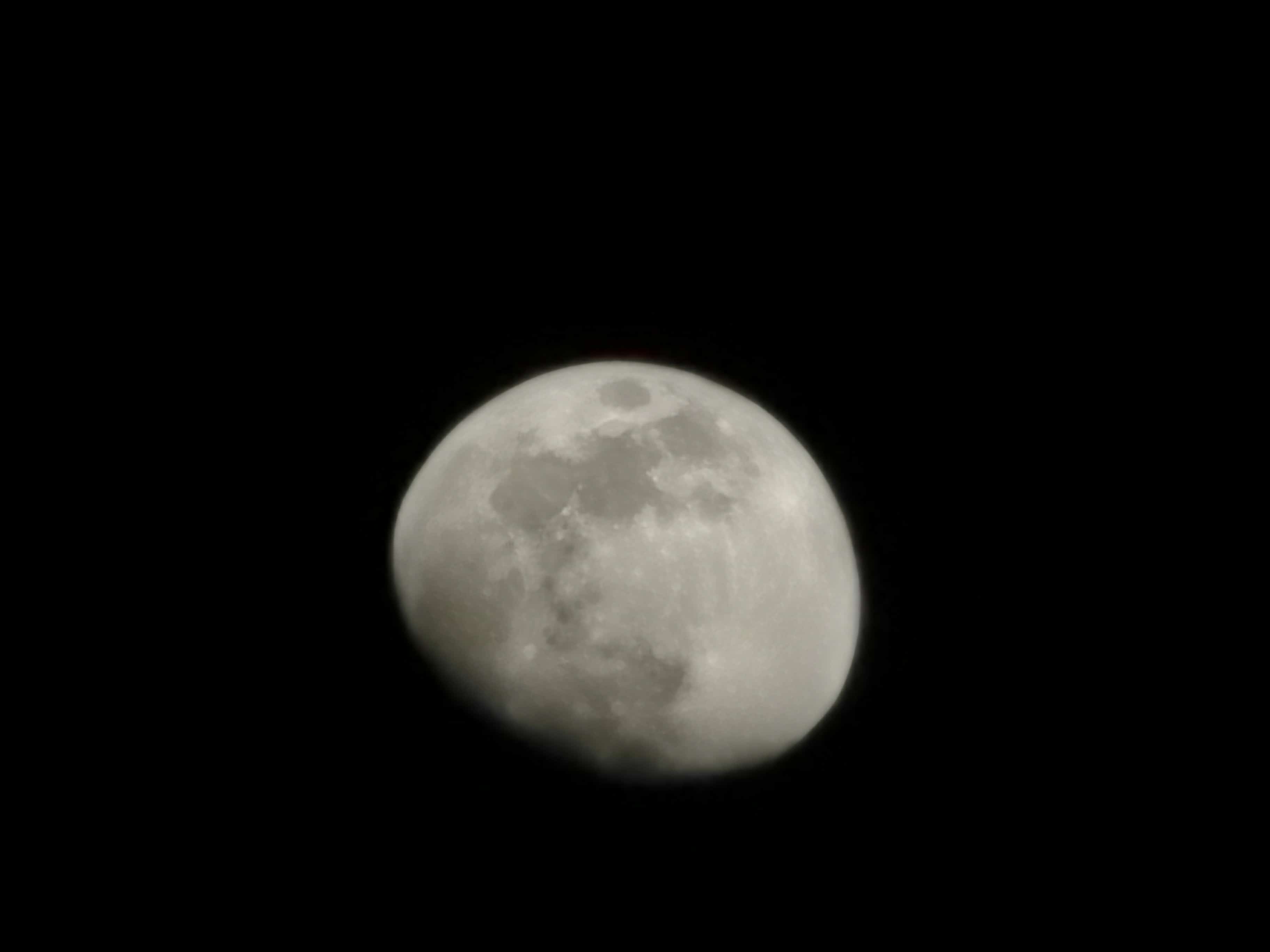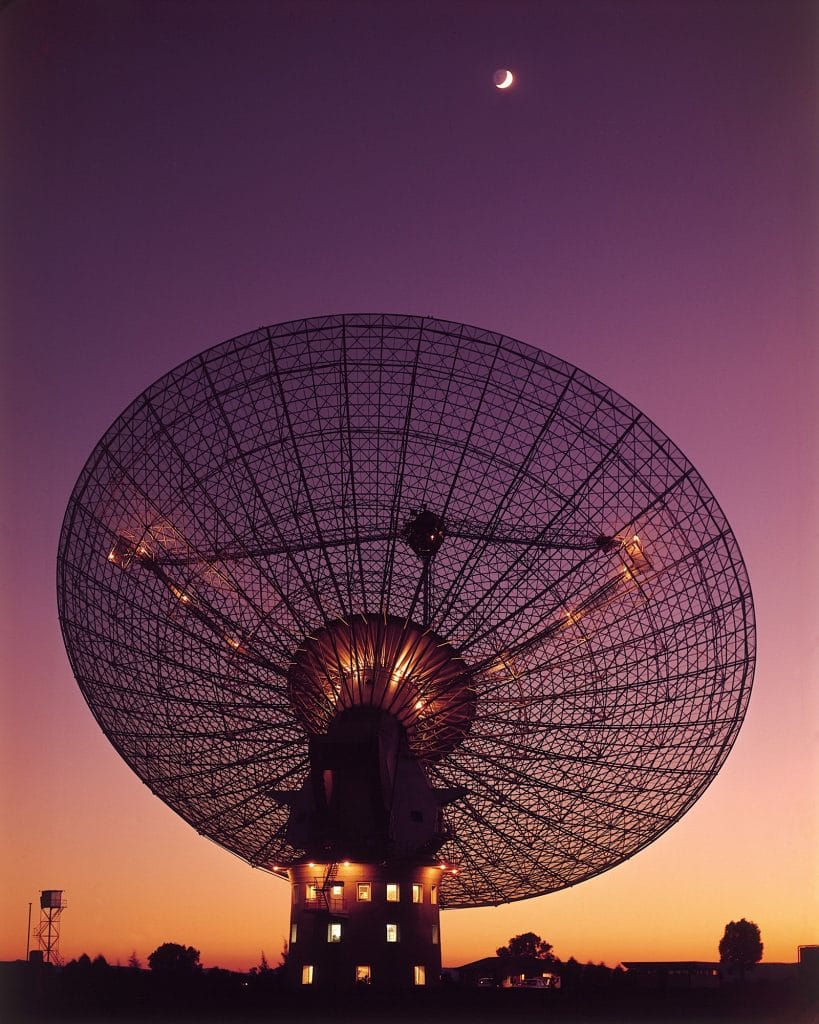Humans are a pretty impressive bunch, and one of its greatest achievements celebrates its 50th anniversary this weekend from the Apollo 11 mission.
Sometimes you need a little reminder of the amazing things humans are capable of.
On this day — on July 20, 1969 — humans did something pretty amazing, venturing forth into space and landing on the Moon.
If landing on a celestial body outside of our own planet wasn’t impressive enough, the race to get to space alongside the moon landing has helped technology progress in a way that has helped you in ways you may not realise.
Technological progress
For instance, the controls that powered the spacecraft used by the Apollo mission were digital, a change from the manual technologies used by aircraft before them. That’s a change that has improved aircraft around the world, and it’s not alone.
Healthcare technology to track changes in your body was developed for the Apollo mission, with sensors that could track blood pressure, heart rate, and body temperature able to send this information from outside the planet back to mission control.
It’s a technology hospitals now regularly rely on, and every time you’re hooked up to a system monitoring your health, you can thank the Apollo mission.
An Australian effort
You’re probably familiar with the film “The Dish”, which highlights some of the story that Australians were involved in.
However, there’s more to the story.
Australia had three trackers monitoring the Apollo 11 mission, with Australia not just in the right place at the right time, but with one of the world’s most successful designs for satellite tracking systems developed by Australia’s science organisation, the Commonwealth Scientifit and Industrial Research Organisation, also known as the CSIRO.
That’s “the dish” at Parkes, NSW — the one that the film is named for — and it was one of two satellites in Australia that was responsible for transmitting almost three hours of footage from the moon landing mission.
The other station is at Honeysuckle Creek, just outside of the nation’s capital in Canberra, with it taking the first eight and half minutes of the international broadcast.
It’s because of a collaboration with the CSIRO and NASA that much of the broadcast has made its way around the world, and it has helped maintain an almost 60 year collaboration between the organisations.
“The Apollo 11 mission and TV broadcast would not have been possible without the Australian expertise, skills, and technology supporting that ‘One giant leap’,” said Dr Larry Marshall, Chief Executive of the CSIRO.
“As Australia’s national science agency, CSIRO solves the greatest challenges through innovative science and technology,” he said.
“Fifty years ago we used our expertise in radio astronomy and engineering to help share with the world that humans had reached the Moon. The next 50 years will bring Australia even more amazing opportunities to reinvent our future using science and technology.”
Rewatch the Moon landing
Even though it happened 50 years ago, you can rewatch the three hour Moon landing below.
Just imagine yourself sitting in a living room or in a classroom at a time when space travel seemed impossible, when phones and computers and the internet weren’t normal. Imagine a time when to talk to someone, you had to call them or send a letter, and that communication wasn’t available at an instant.
These days, we’re planning trips to Mars and looking at the skies to see where they can take us. The future will see us move beyond our own world, and venture out into the stars, and it started with the Moon landing showing just what humanity could do.







